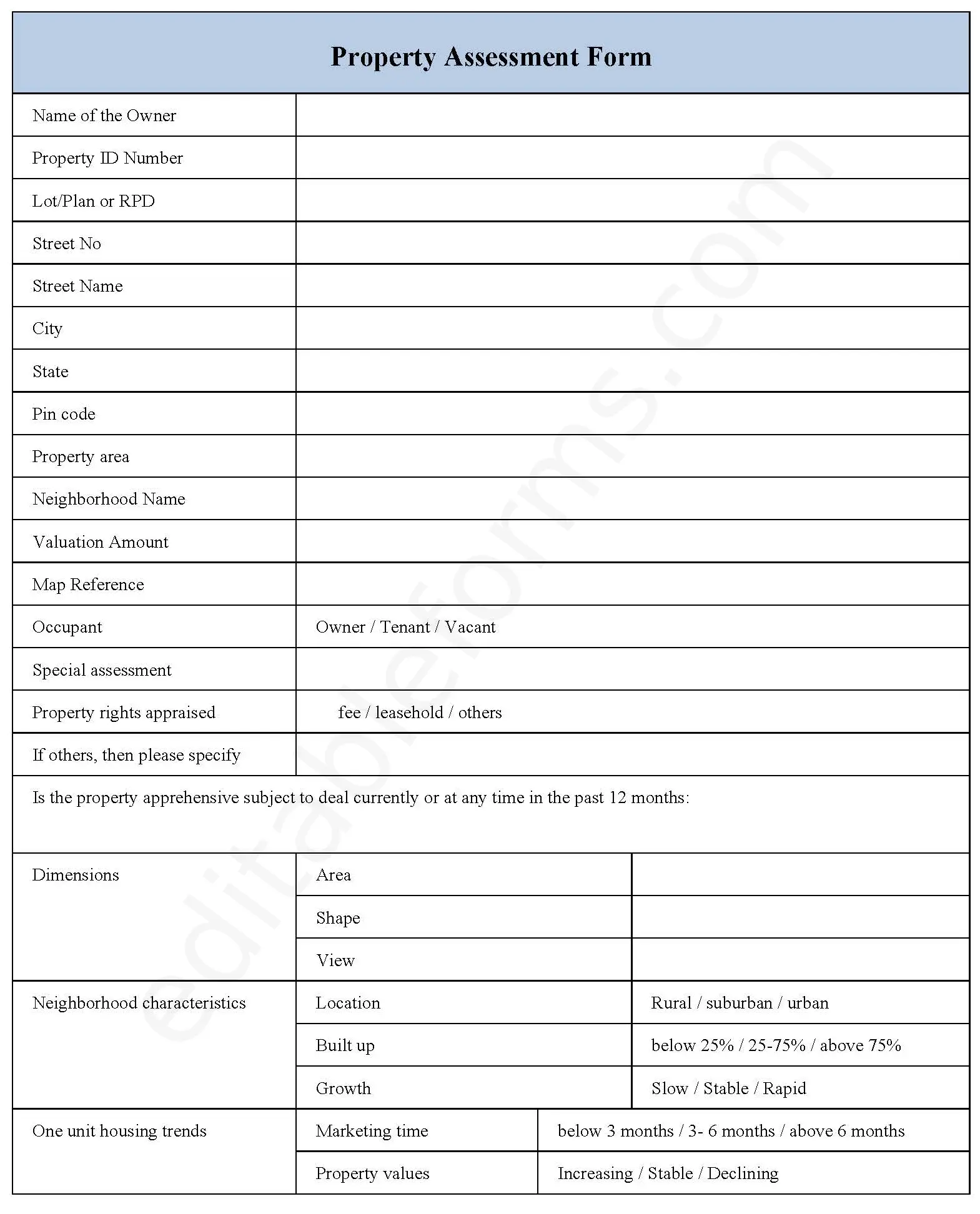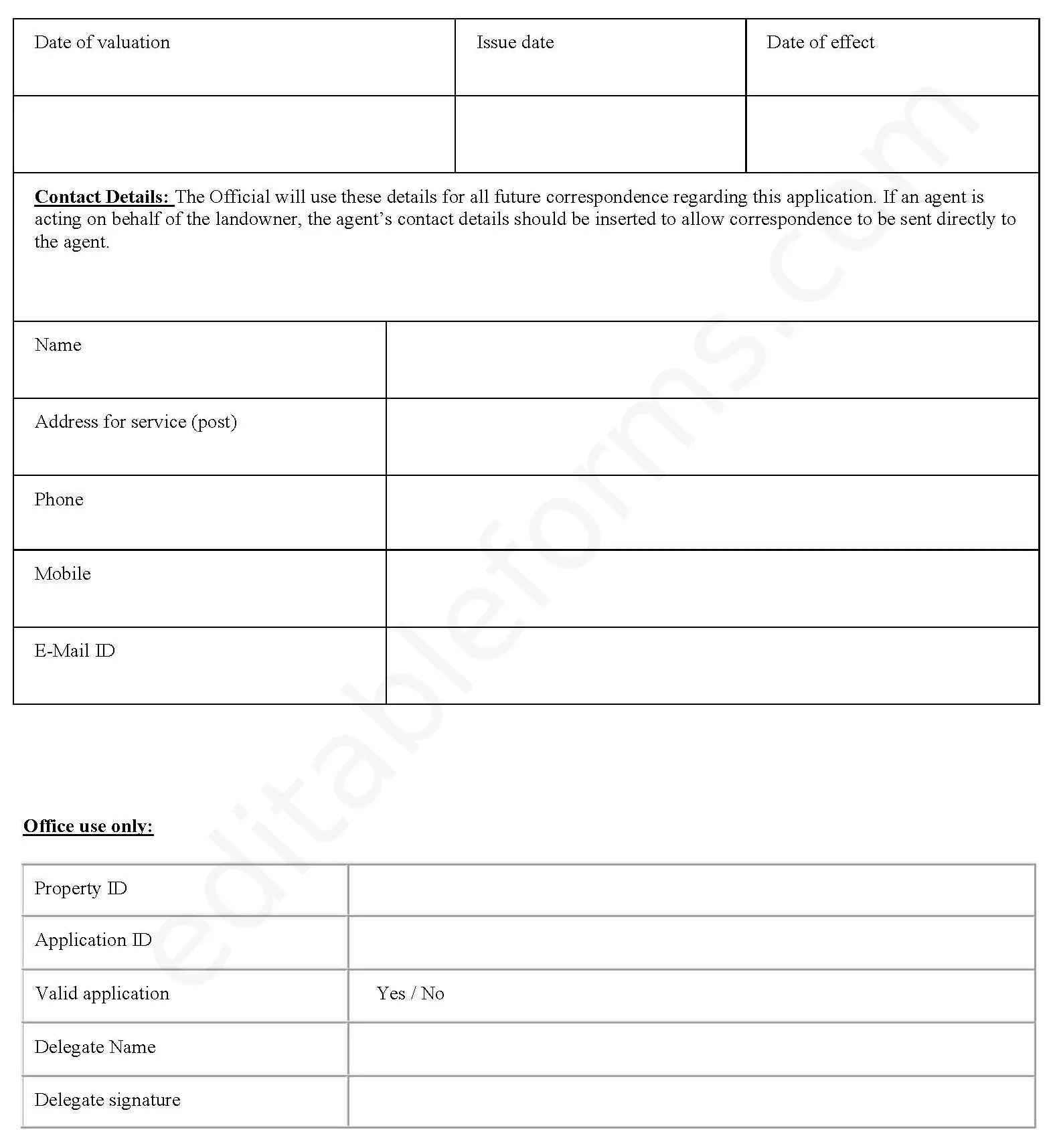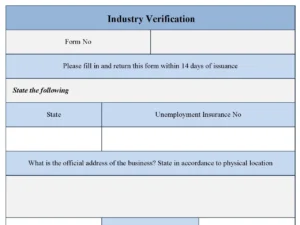A Property assessment form is used to aid the clients or property buyer with the accurate value of the property along with all other general features of the property.
The properties are unique in their own sense and the market patterns are extremely volatile. Thus these forms play a vital role in explaining all the pros and cons associated with the property.


You can Download the Property Assessment Form Template, customize it according to your needs, and Print it. Property Assessment Form Template is either in MS Word or Editable PDF.
Download the Property Assessment Form Template for only $6.54.
Buy Now: 6.54 USDIf you are having problems downloading a purchased form, don’t hesitate to contact us and include your receipt number and the exact name of the document you purchased, and I’ll email you a copy.

Features
Property Information:
Sections to identify the property including:
Property address
Owner’s name and contact information
Lot number
Property Description:
Areas to describe the property such as:
Type of property (e.g., single-family home, apartment building)
Year built
Living area
Number of bedrooms and bathrooms
Amenities (e.g., garage, fireplace)
Valuation:
Sections to detail the assessed value of the property and also any exemptions or special assessments that may apply.
Map Reference:
A space to include a reference to the property’s location on a map.
Benefits
Record Keeping:
The completed form serves as a record of the property’s assessment details, which can be also helpful for tax purposes, insurance claims, or tracking property value changes over time.
Tax Information:
The form provides information about the property’s assessed value, which is used to calculate property taxes.
Valuation Tool:
Property assessment forms help government agencies determine the fair market value of properties within their jurisdiction. This information is used to calculate property taxes and also ensure equitable taxation.
Data Collection:
The assessment process helps gather data on property characteristics such as location, size, and amenities. This data can also be used for urban planning purposes, to track housing market trends, or to identify areas in need of redevelopment.













